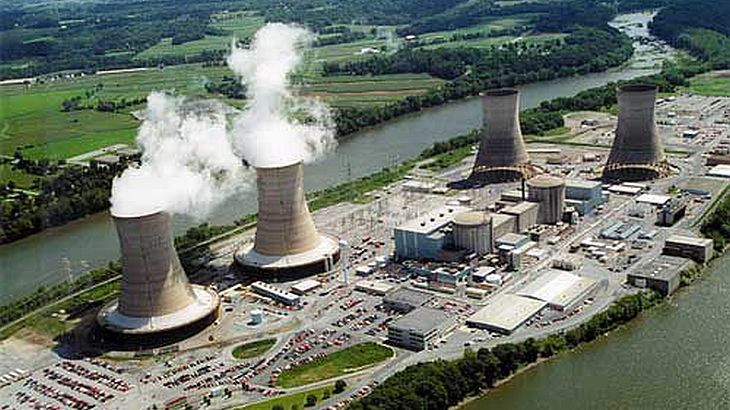###author###
Additional inspections at Electrabel’s Doel 3 and Tihange 2 power reactors in Belgium have revealed more extensive flaking within their reactor pressure vessels (RPVs) than previously identified, the Belgian regulator has announced. These new flaws may be common to all nuclear reactors worldwide, according to Greenpeace, hence, to those in Romania as well.
The Federal Agency for Nuclear Control (FANC) said that Electrabel – a subsidiary of GDF Suez – has now completed ultrasonic inspection of the units’ RPVs. The company used a technique originally developed for checking the welding and cladding of the RPV. However, Electrabel slightly modified it to check for flaws in the wall of the RPV itself. For this, “the detection threshold of the probes had to be lowered to ensure the proper detection of all flaw indications,” FANC said, quoted by WNN.
An inspection carried out by Electrabel in 2014 – based on the improved procedure and the modified settings of the machine – resulted in the detection of a greater number of flaw indications than were measured in 2012 and 2013.
FANC said 13,047 flaw indications have now been found at in the RPV of Doel 3 and 3149 in that of Tihange 2. Previously, some 8,000 flaw indications had been identified at Doel 3 and about 2,000 at Tihange 2. These additional flaw indications, it said, “are similar to those which were previously considered and are located in the same area of the RPV”. According to Greenpeace, these flaws may be common to all nuclear reactors around the world.
After first discovering the problem and shutting down the cracked reactors in 2012, the Belgian Federal Agency for Nuclear Control (FANC) dismissed the issue as a manufacturing problem and Okayed the reactor to be start up again in 2013. They did so while acknowledging that they did not to fully understand what was happening inside the reactor steel. However, further testing revealed unexplained and unexpected embrittlement of a test steel sample. Following these findings, both reactors were shut down again since March 24, 2014.
But, the announcement of the materials scientists now goes one step further: they state that the problem may well be the result of normal reactor operations. This means the cracks may be growing in size, and furthermore, that this could be endemic to the global nuclear fleet, Greenpeace writes. Simply put: the findings in Belgium have serious safety implications for every nuclear reactor on the planet.
In response, the Director General of the Belgian nuclear regulator, The Federal Agency for Nuclear Control (FANC), admitted that “this may be a global problem for the entire nuclear industry. The solution is to implement worldwide, accurate inspections of all 430 nuclear power plants.”

